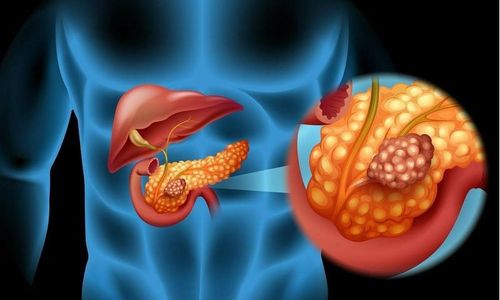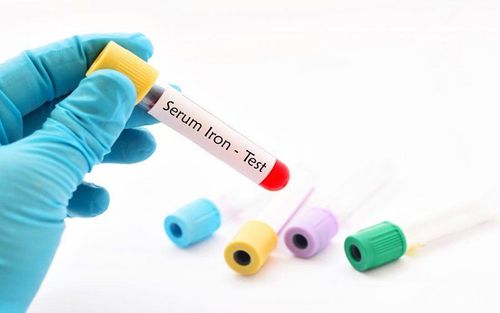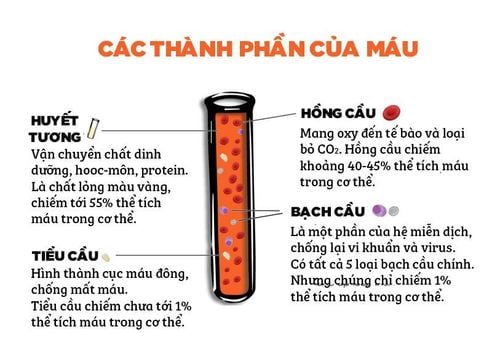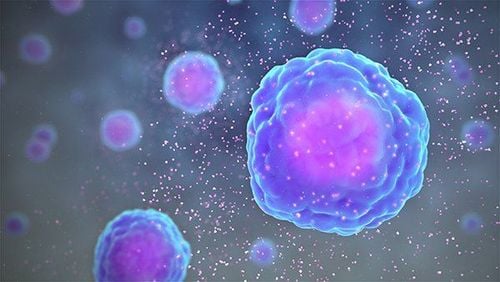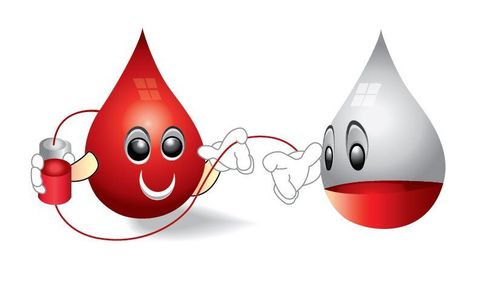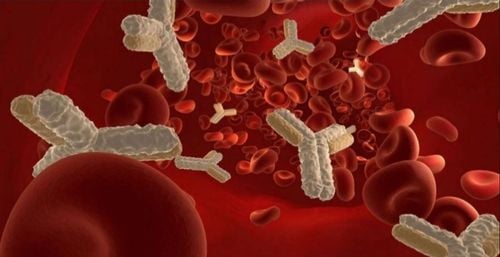This is an automatically translated article.
Plasma and serum are both components of blood. Has an important role in the human body. Serum and plasma tests also reflect the disease state in the body.
1. What is the difference between serum and plasma?
Plasma
Characteristics: Plasma together with blood cells (red blood cells, white blood cells, platelets) make up blood in the human body. Plasma is one of the most important components of blood. Plasma makes up 55-65% of the total blood volume in the body. Colour: Plasma in a healthy person is a clear, pale yellow liquid. Plasma changes frequently according to physiological conditions in the body, for example after a meal plasma is cloudy and becomes clear, lemon yellow a few hours after ingestion. Composition: Plasma contains 90% water by volume, the remaining 10% are solutes such as plasma proteins, organic components and inorganic salts,... Plasma Proteins: Plasma contains a lot of protein. soluble and occupies 7% by volume, of which the most important proteins are: Albumin: The most abundant plasma protein (3.5-5g/dL of blood) and a major factor causing osmotic pressure (osmotic pressure) of blood. Substances that are only partially soluble or will be insoluble in water are transported in plasma by binding to albumin. Globulins: Alpha, beta, and gamma are plasma-soluble globular proteins. Gamma proteins have antibodies or immunoglobulins that are synthesized by plasma cells. Fibrinogen: Converted to fibrin by enzymes that bind to the blood during hemostasis. Fibrinogen is synthesized and secreted in the liver. Mineral salts: mineral salts occupy 0.9 g/o in volume, including electrolyte salts such as Na, K, Ca etc. Serum
Characteristics: Normal serum has similar composition and expression to plasma, including the same levels of trace elements and water. The difference here is that the clotting factor Fibrinogen is not present in the serum. In the blood, serum is a component that is neither a blood cell nor a blood-clotting agent (it does not contain white blood cells or red blood cells). Serum is plasma that does not include fibrin. Serum includes all proteins not used in blood clotting and all electrolytes, antibodies, antigens, hormones, and any exogenous substances. Color: An abnormal serum sample may be milky, cloudy or dark yellow and it may indicate abnormal conditions such as high blood cholesterol or hyperbilirubinemia. Ingredients: The composition of serum includes trace and macro elements such as: Potassium, Sodium, Calcium, Chloride, Phosphor, Magnesium, Enzyme, uric acid, glucose, bilirubin, creatinine,... How to make blood The bar is for blood to coagulate for a certain time, then heat the tube with a test strip, after a while, the clotted blood will be removed, then centrifuge the tube. After doing these steps we will get the serum.
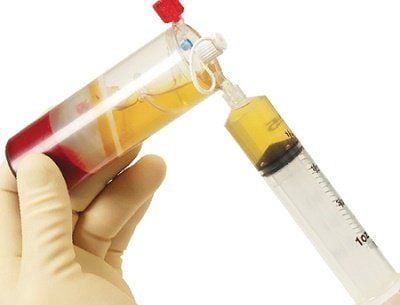
Huyết tương và huyết thanh đều là các thành phần của máu
>> See more: The role of plasma in the body - Article written by Specialist Doctor II Le Thi Na - Laboratory Department - Vinmec Times City International Hospital
2. Clinical application
Plasma
Platelet-rich plasma has many uses in beauty and healing. Plasma plays a role in transporting important materials of the body, such as glucose, iron, oxygen, hormones, proteins.... Each liter of plasma contains about 75g of protein. The plasma is also separated into blood components to be transfused to the patient according to the principle of "whatever is lacking". Instead of a whole blood transfusion, the basic principle of modern blood transfusion is to use only the type of blood product that the patient needs in order to maximize its effectiveness and minimize transfusion complications. Plasma preparations are widely used, mainly platelet-rich plasma and fresh frozen plasma. Indications for plasma transfusion Patients with a congenital decrease in a clotting factor when there is no specific preparation for transfusion. The patient developed thrombotic thrombocytopenic purpura (thrombotic thrombocytopenic purpura) during plasma exchange. The patient had a massive blood transfusion and had symptoms of a disorder and was bleeding. The patient is antithrombine III deficient in the absence of antithrombine III concentrate for infusion. Acute bleeding with total coagulation factor reduction. Consumption-induced coagulopathy with severe reduction in clotting factors Serum
Diagnosis of diseases such as: Brucellosis caused by bacteria, Amebiasis caused by parasites, Measles , Rubella , Hepatitis B , HIV/AIDS , syphilis , fungal infections , genital warts caused by HPV , genital herpes caused by HSV ,... Serum transfusion: People use serum to refer to solutions that can be infused into the blood to make up for certain substances lost. deficiency. Transfusion of serum to supplement the body when the body shows signs of immune deficiency, allergies, using serum in the prevention and treatment of infections is very effective, different types of serum preparations have anti-inflammatory effects. many diseases such as whooping cough, measles, tetanus, ... some other types have the effect of preventing hepatitis B, mumps, .... Vinmec International General Hospital is one of the hospitals that not only guarantees ensure professional quality with a team of leading medical doctors, a system of modern equipment and technology, but also stand out with comprehensive and professional medical examination, consultation and treatment services; civilized, polite, safe and sterile medical examination and treatment space. Customers when choosing to perform tests here can be completely assured of the accuracy of test results.
Please dial HOTLINE for more information or register for an appointment HERE. Download MyVinmec app to make appointments faster and to manage your bookings easily.




